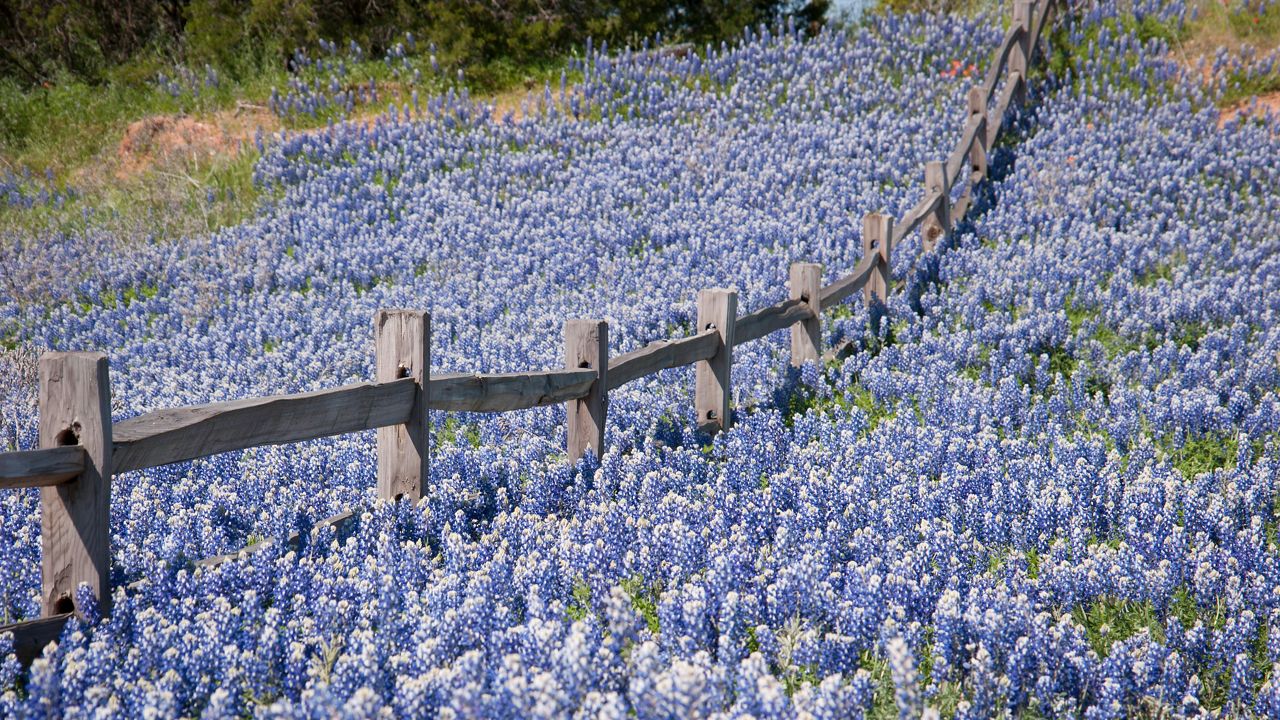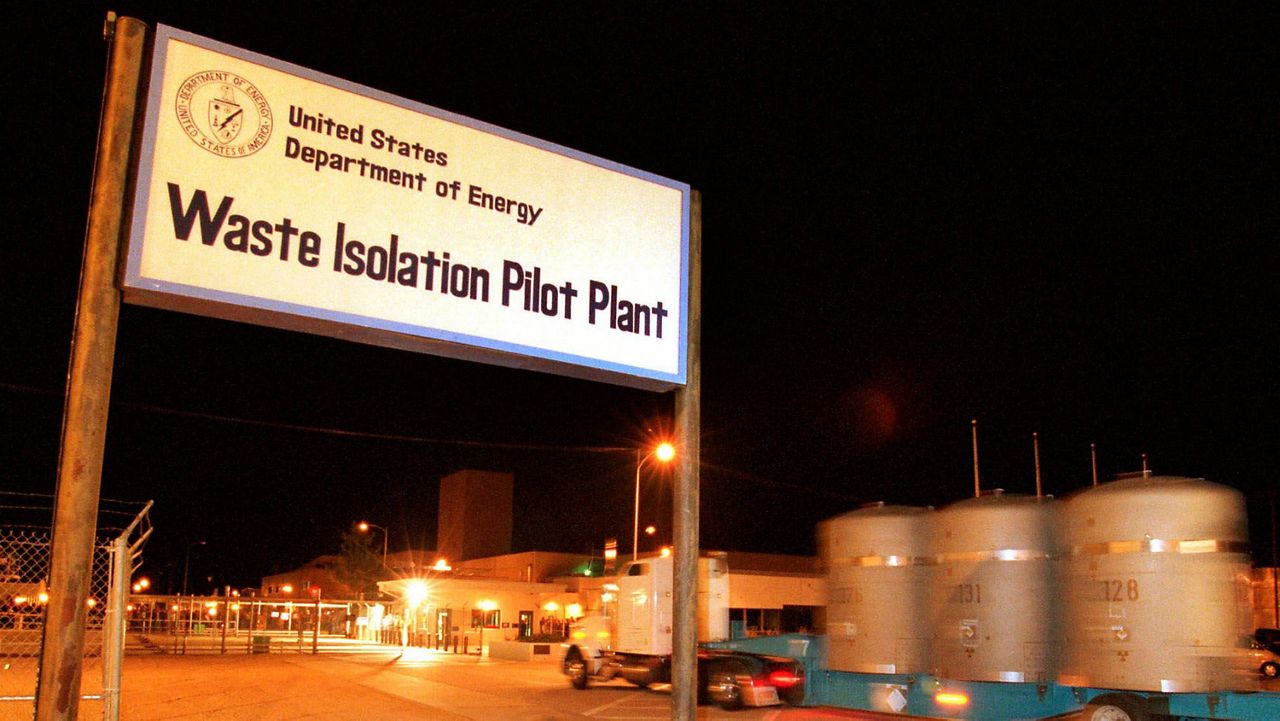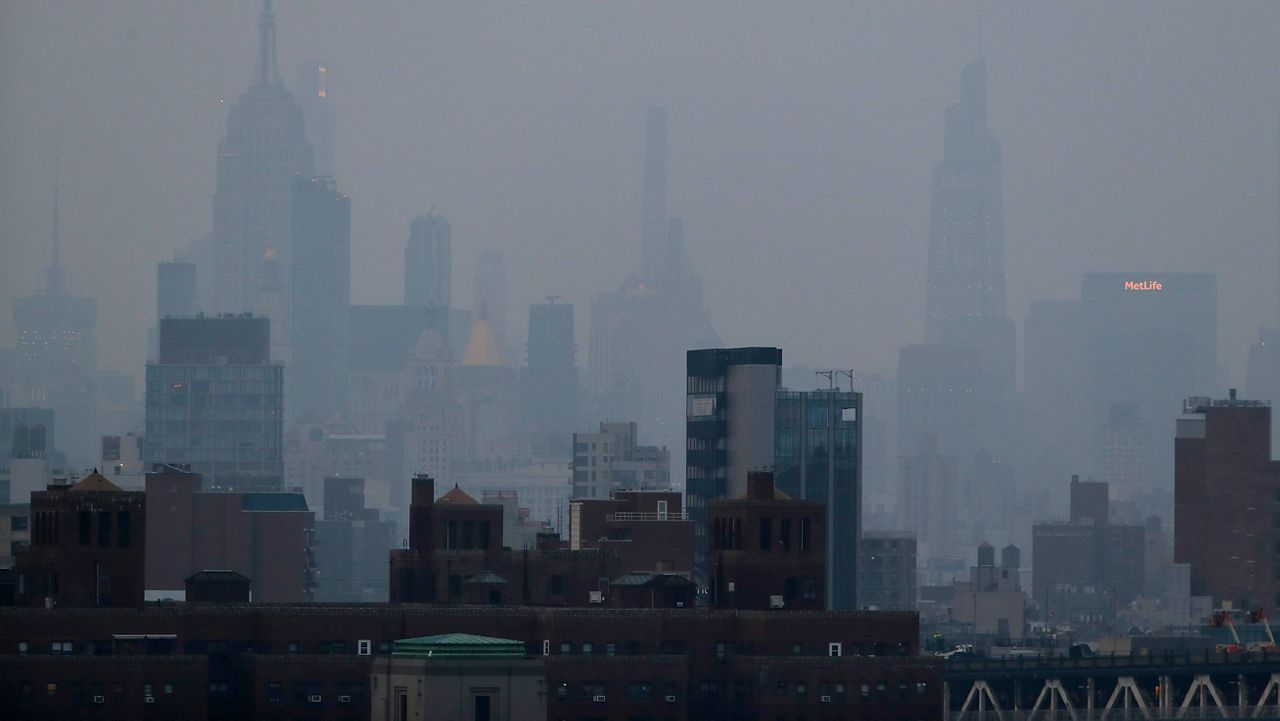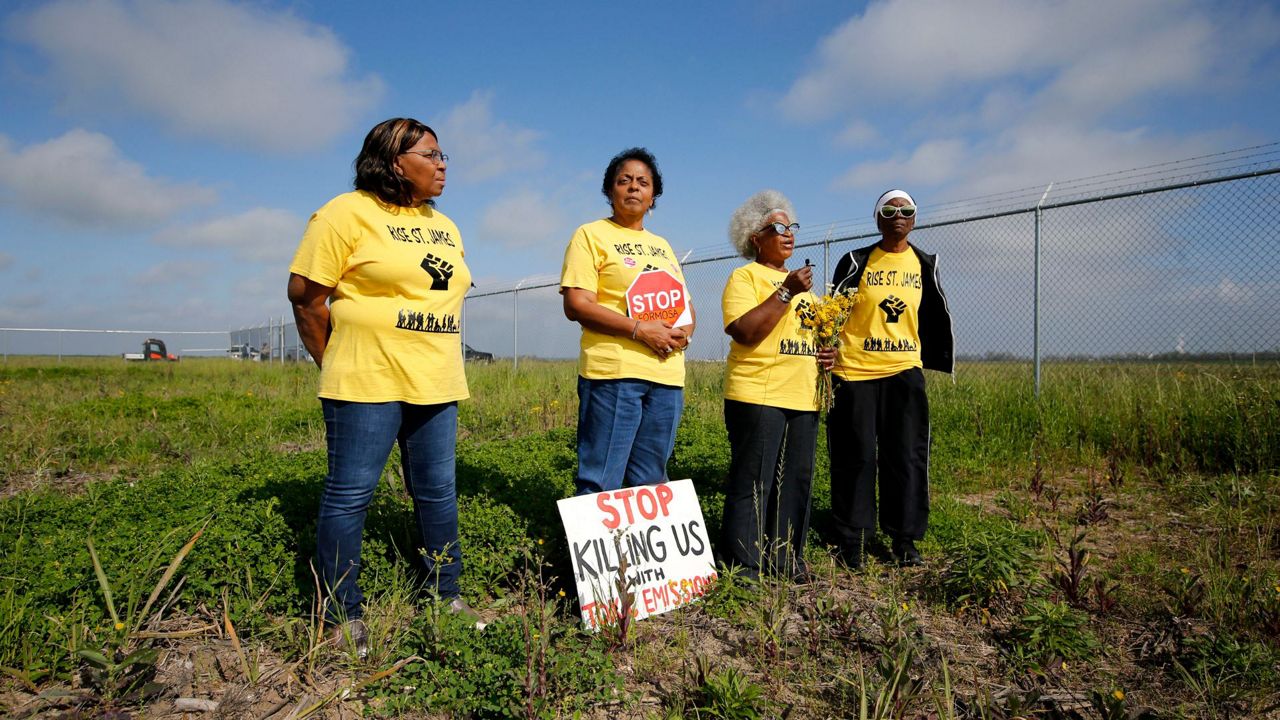AUSTIN, Texas — People visit Austin for the food, the music scene, even the access to nature. But one of Austin’s best kept secrets is an organization that’s working to make the city greener.
TreeFolks has planted 3 million trees in Texas’ Capital City. Within the next five years, it’s working to plant another million. The organization plans to reach that goal in two ways: By handing out trees to Austin residents and working with volunteers to reforest riparian zones (land near water).
.@TreeFolks has already planted 3 million trees in Austin and is now working to plant another million. I’m at the Givens Recreation Center in East Austin where the organization is handing out 150 trees today. Story to come on @SpectrumNews1TX. 🌱🌿🌳 pic.twitter.com/vB505rdmLN
— Charlotte Scott (@reportsbychar) March 25, 2021
Through its Neighborwoods program, TreeFolks gives away 4,500 trees every year to Austin residents for free. Per the organization’s website, tree giveaways are part of an effort to “reduce energy use, offset carbon, cool down the city, and grow something good to eat.”
Planting trees is the simplest way to combat the climate crisis. Trees can live for hundreds of years and actively absorb carbon dioxide, which is a toxic chemical produced by cars, houses and apartment complexes, industrial processes, electricity... the list goes on.
Executive Director Andrew Smiley said each sapling that’s planted is going to “grow up to clean our air, clean our water, provide habitat, and capture carbon.”
In a growing city like Austin, trees and nature are often the first to be removed to make room for more housing, roads, and infrastructure. That’s why TreeFolks is on a mission to reforest and replenish trees in Austin, on small and large scales.
Reforestation is the process of restocking existing forests and woodlands that have been depleted through deforestation or clear-cutting. In order to reforest an area, TreeFolks plants hundreds or thousands of trees, six feet apart, near water.
For example, TreeFolks planted more than 200,000 saplings along the Blanco River in Hays County after it was hit by two devastating flash floods in 2015. TreeFolks has planted 35,000 trees this year already.
According to the organization’s website, “Riparian forests help mitigate future floods, decrease soil erosion, maintain water flow during droughts, create wildlife habitat, and provide shade for fish and humans alike.”
Smiley said Austin currently has a 34 percent canopy cover. That means a little more than a third of the city is shaded by the foliage of growing plants. However, in order to curb carbon emissions, the city needs a 40 percent canopy cover. That doesn’t look like a significant difference numerically, but Smiley said Austin has a long way to go to achieve that goal.
Planting trees has more benefits than offsetting carbon pollution. Having a shade tree near your home can also lower your electricity bill. How, you ask? Trees create shade and absorb heat, which means your house will have a lower temperature and won’t require as much air conditioning to cool it down. That translates into a lower electricity bill for you. It has the same effect as lowering shades to prevent light from entering your space.
So go ahead and plant a tree. You will be helping yourself (and your wallet), fellow Texans, and the rest of the world too. That might seem farfetched, but big changes start with small actions.
And hug a tree today. It is Earth Day, after all.
Follow Charlotte Scott on Twitter.











